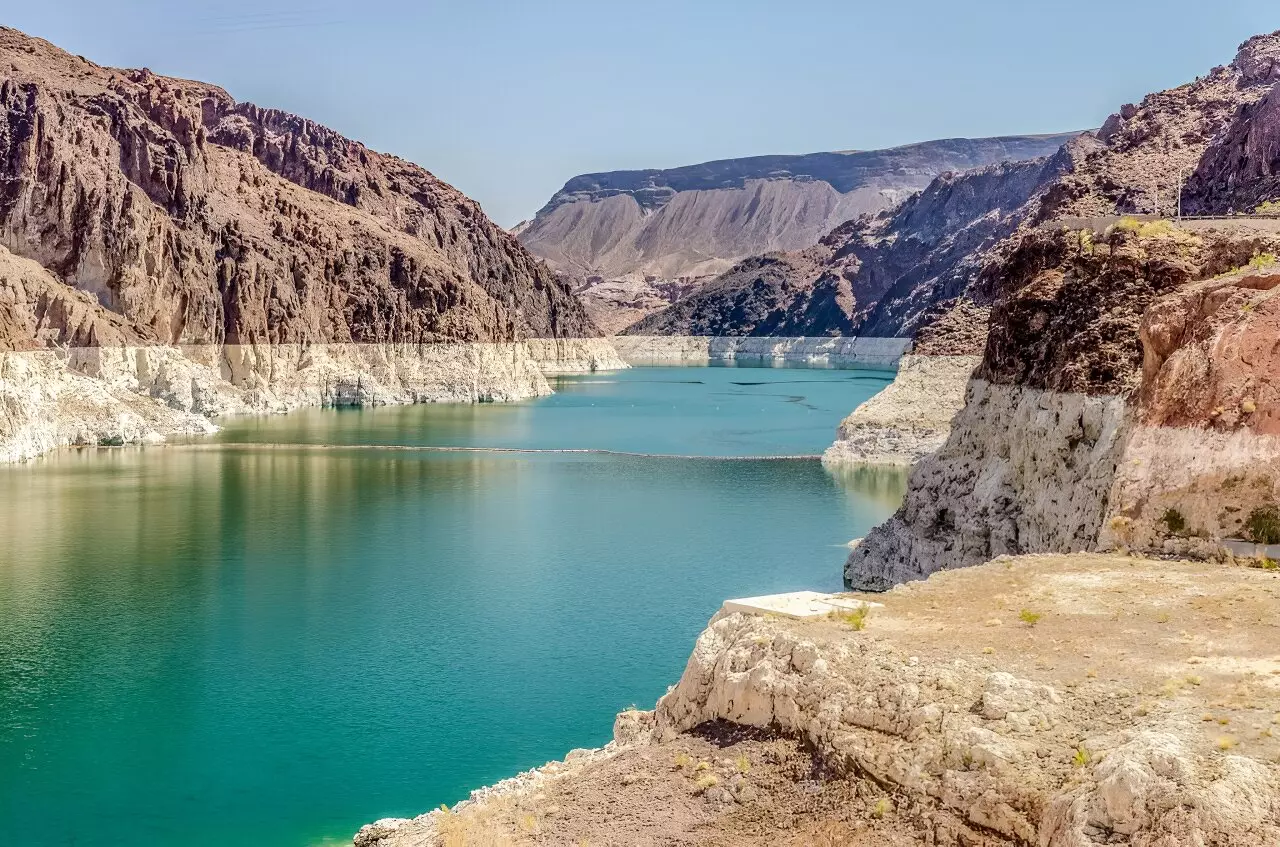Recent research highlights a troubling trend regarding water reservoirs across the continental United States. The study reveals that these critical water storage systems are now facing prolonged periods of low water levels with increased severity and unpredictability when compared to previous decades. While the western and central regions of the U.S. are experiencing the most drastic impacts, the effects are not confined to these areas alone; reservoirs in the eastern and southeastern states are also feeling the pressure. This systemic vulnerability of reservoirs to climate change raises significant concerns for water management and forecasting.
Just as natural water reserves, such as snowpack and groundwater, become less reliable in many regions, artificially created storage facilities are increasingly crucial for maintaining water supply continuity. For instance, the notable declines in storage levels at Lakes Mead and Powell during the years 2000 to 2021, marking the region’s driest period in 1,200 years, led to serious water-use restrictions throughout the Southwestern U.S. Clearly, the reliance on these man-made systems must be carefully examined as environmental and climate pressures evolve.
Reservoirs serve as essential tools in mitigating the downstream impacts of drought, acting as buffers in times of water scarcity. However, as water withdrawals continue to rise and sediment accumulation reduces available storage space, the ability of these reservoirs to function as intended has come under threat. The combination of drought conditions, elevated water extraction, and sediment buildup creates a complex scenario. According to the research led by Caelan Simeone, a hydrologist from the U.S. Geological Survey, these factors have altered the operational paradigms under which reservoirs were originally designed.
Reservoirs are governed by historical models of water storage and management that assume certain climatic norms. However, as Simeone pointed out, these assumptions have been disrupted by climate change, leading to significant uncertainty regarding how these systems can adapt to fluctuating environmental conditions.
To understand the extent of these changes, the research team analyzed water levels in 250 major reservoirs from 1981 to 2020. This comprehensive analysis aimed to identify patterns in baseline, peak, and minimum water levels, as well as to correlate these trends with changing management practices and climatic conditions. Notably, the study did not include data from the Northeast U.S., indicating a gap in the overall understanding of national water storage trends.
The findings revealed a generally disturbing trend: reservoirs in the western and central regions encountered longer, more brutal, and less predictable drought periods. This should not come as a surprise, given that these reservoirs are typically designed to endure variable runoff and drought conditions. However, the severity of the droughts surpasses historical averages, indicating a significant deviation in climate patterns.
The situation was found to be equally concerning in the wetter Southeast and Pacific Northwest regions. Out of the 250 reservoirs studied, 169 exhibited decreases in maximum storage capacities, with 89 of those showing significant losses. On average, there was a median decline of 2.2% in maximum water storage, with higher reductions hitting about 8.1% for the reservoirs that reported significant losses. Such findings underline a widespread issue that challenges the very framework of water resource management.
The implications of this study are crucial for water reservoir management across the nation. Reservoir managers, traditionally equipped with data from local or regional studies, must now deal with a reality that is rapidly changing on a national scale. Having a grasp of national trends allows for a more holistic understanding of water resources, enabling managers from all levels — national to local — to make better-informed decisions regarding water release timings and volumes.
To adapt effectively to these evolving conditions, reservoir managers must reassess the original models and frameworks established decades ago. Many of the models relied upon for operational procedures were developed with the expectation that climate patterns would remain relatively static. However, with the advent of climate change, this foundational assumption has become obsolete.
The changing landscape of water reservoirs in the United States illustrates a pressing need to reevaluate water resource management practices. With environmental pressures driving significant changes in reservoir behavior, it is imperative for water management authorities to not only recognize these shifts but also to adapt to them effectively. The findings of this study provide critical insights that could inform future strategies for maintaining water availability in an era of unprecedented climatic disruptions. The challenge that lies ahead is to innovate and implement resilient water management systems capable of weathering the storms of climate change while meeting the needs of communities reliant on these essential resources.

